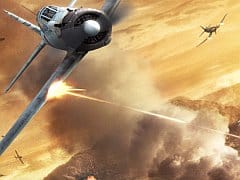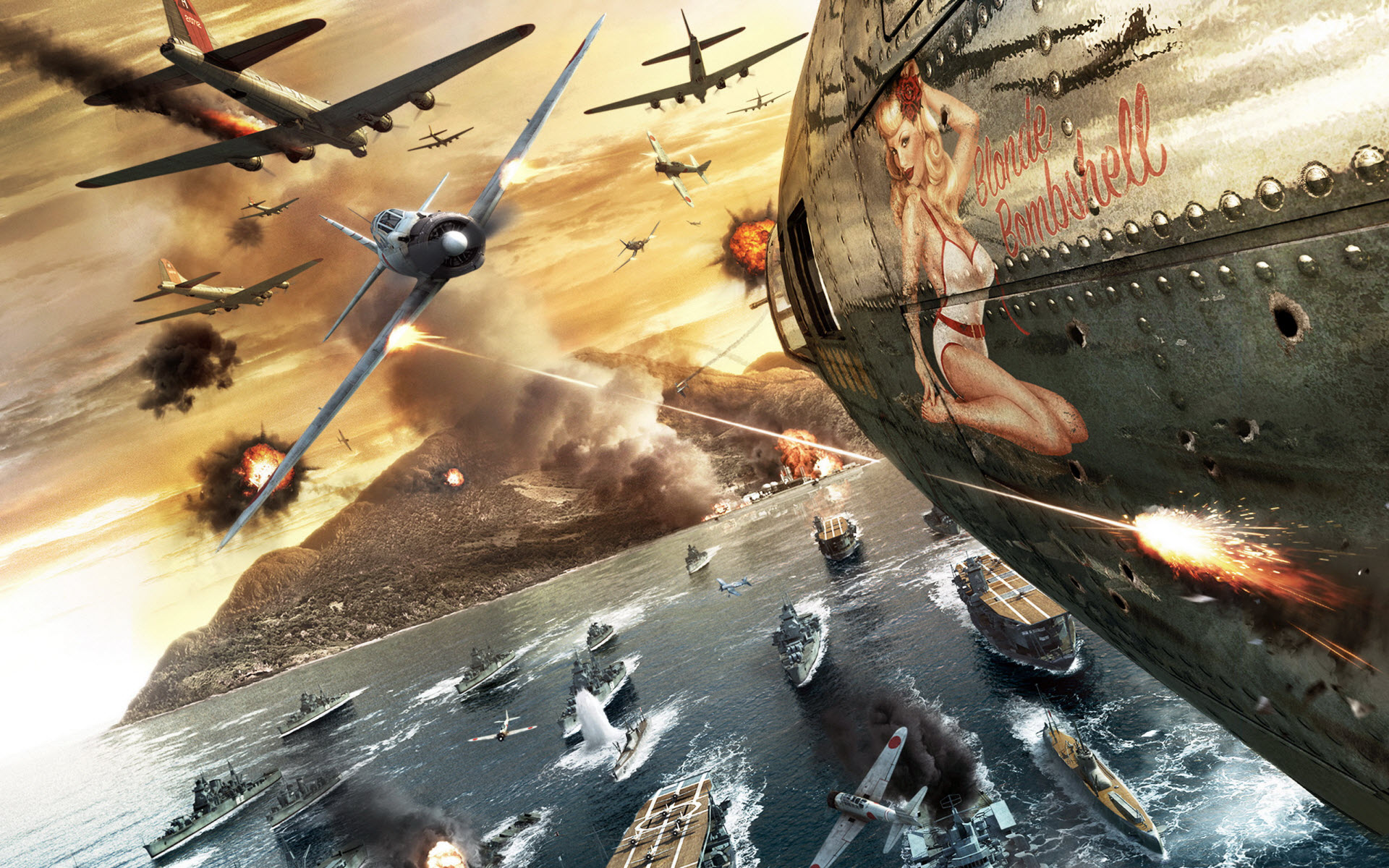You can trust VideoGamer. Our team of gaming experts spend hours testing and reviewing the latest games, to ensure you're reading the most comprehensive guide possible. Rest assured, all imagery and advice is unique and original. Check out how we test and review games here
The history of human warfare is littered with costly mistakes, but I doubt that anyone has done something as daft as this. Here I am, a high-ranking commander in the US Navy. I’ve been tasked with securing an important pacific island before the Japanese get there first, and I have a limited budget to buy a balanced attack force. Or rather, I had a limited budget; it appears that I’ve been pushing the wrong buttons, and that I’ve just blown my entire wad on an enormous fleet of lightweight fighter jets. Seriously, that’s all I’ve got now. I can look on the map and watch them endlessly circling my HQ.
To the uninitiated, Battlestations Pacific can be quite a bewildering experience. Players of the original Battlestations Midway will know this, but they’ll also know that things become easier with practice and that once mastered, there’s an awful lot to enjoy. These WW2 games are part RTS and part action war-sim: you plan your attacks from a strategic map screen, purchase your forces and then send them out to battle. Your fleets and squadrons are quite capable of acting independently, but you’re also able to jump straight into the cockpit of any plane or vehicle under your command. Whether it’s a nimble fighter jet or a lumbering bomber, a sneaky submarine or a destroyer-class warship, everything is yours to command.
The first entry in the Battlestations series certainly impressed us with its scope and variety, but Pacific is set to be an even bigger project – featuring over 100 controllable units and 28 campaign missions to play through. This time around you’ll be able to play the main game as the Japanese, offering the chance to re-write history. All this should ensure that Pacific is a far more expansive undertaking than its predecessor, but arguably the more important changes are those that have been included to make the game more accessible to newcomers. Aside from tweaked controls and sharper AI for your units, Eidos has clearly focused on improving the way important information is relayed to the player. This is particularly evident when playing in the new Beginner mode, wherein the game helpfully highlights important parts of enemies vehicles. Pacific’s action may feel quite light and arcadey at times but selective targeting is still highly important: destroying the engine of an enemy cruiser, for example, could turn the tide of an entire battle.
Indeed, it seems that precise attacks are particularly important when it comes to naval battles. When you’re up in the air you get used to the fact that you could be destroyed at any moment, but on the open seas death comes at a slower pace. When your boat takes on damage an on-screen indicator will show exactly what’s been hurt, and you’ll then have to decide what your repair crews should work on first. Often you’ll be forced to make a tough call while a battle is still under way. Do you put out the fire that could potentially sink you in a matter of seconds, or do you fix your engines so that you can move out of range of enemy attacks?
Perhaps it’s just the novelty value, but I personally found messing around in boats to be the highlight of my recent hands-on experience with Pacific, which took the form of several multiplayer sessions at Eidos’ offices in Wimbledon. There’s something deeply enjoyable about steering a massive warship about on the ocean wave, switching your offensive strategy to handle the task at hand. At one minute you’re firing off torpedoes at boats on the horizon, attempting to calculate just the right amount of lead distance to send you missiles slamming into the enemy’s side. Then you’ll suddenly spot a few dots in the sky – a squadron of fighters that are headed in your direction. You swap to your anti-air guns and let rip, cheering inside as the planes explode into orange fireballs.
After the varied strategy of life in the navy, flying Pacific’s aircraft can feel a bit basic. The planes themselves handle well, but the action feels like a fairly simple experience. Of course the flipside to this is that aircraft tend to have a shorter lifespan than boats (well, under my stewardship anyway), so battles in the sky are quicker and more vicious affairs. While some campaign maps will obviously force you to take control of specific vehicles, in multiplayer you’ll be more freed-up to play as whatever you like. After all, if you have a preference for boats you could just focus on that side of the battle, leaving the skies to your human allies.
That was the setup for the main battles I took part in at Eidos, where teams of journalists squared off against each other in pairs. Originally my partner and I had decided to split responsibility straight down the line – him taking the planes, me taking the boats. Then I made the cock-up mentioned at the start of this article, inadvertently blowing my entire budget on lightweight planes (it was an easy mistake to make, okay? I thought I was cancelling out of a menu, or something). You’d expect that this would cripple our efforts from the start, but that’s not quite how things turned out. For a start, Eidos sensibly gives each commander their own little pot of cash – so my ally still had money to spend. On top of that, it turns out that humble fighter jets can be quite powerful when there are 24 of them. Even though my craft lacked bombs, I was able to do some serious damage to the Japanese navy by making some brave (i.e. desperate) strafing runs with my machine guns blazing.
Okay, so a more experienced opponent would probably have taken me to the cleaners, but it still says a lot for Pacific that my buddy and I were able to eventually win the map after such a disastrous start. After I threw everything I had at our rival’s boats, my co-commander sent a transport plane over to the central island of the map. A squad of paratroopers successfully captured the base that was up for grabs (automatically, since the game only lets you directly control vehicles), and once this had been achieved we were able to start cranking out submarines. Subs aren’t too dissimilar to boats in the way that they play, with the obvious difference that no bugger can see you – provided that you’re the only one who can make them. Needless to say, it’s massively satisfying to sneak up on a human-controlled battle cruiser and sink them before they realise what’s going on.
Our stupid mistake notwithstanding, the controls for the strategic side of Pacific seem relatively straightforward. Once you’ve learned to deal with the menus for purchasing units, you’ll find that most of your orders can be issued via simple one-button commands on the overhead map. Pick a unit, point the cursor where you want it to go and voila. Needless to say, the game’s deeper strategies are something that we’ve yet to learn, but it’s already clear that Pacific will be a lot of fun when played with others. While not spectacular, the graphics are a clear step-up from the simple visuals of 2007’s Midway. Battlestations Pacific should be bigger, better-looking and easier to pick up than its predecessor, so we’re really looking forward to seeing the full extent of what it has to offer.
Battlestations Pacific is scheduled for a spring 2009 release on PC and Xbox 360.

/https://oimg.videogamer.com/images/dcba/battlestations_pacific_35.jpg)






